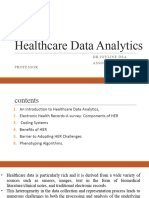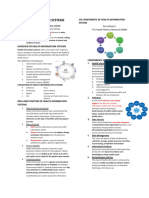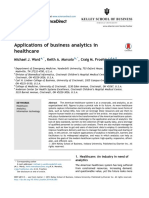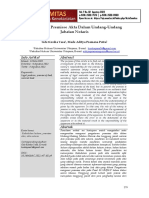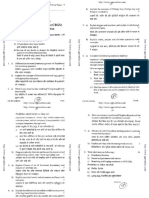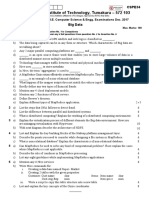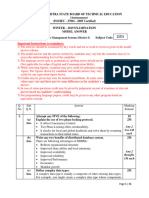0% found this document useful (0 votes)
17 views15 pagesAssignment
The document discusses various aspects of nursing information management, focusing on electronic health records (EHR), healthcare data access, integration of nursing data, patient assessment documentation, data quality and security, and information retrieval systems. It highlights the importance of EHRs in improving healthcare quality, the significance of healthcare data for informed decision-making, and the challenges of data integration in healthcare. Additionally, it emphasizes the need for data quality, security measures, and effective information retrieval systems to enhance patient care and operational efficiency.
Uploaded by
modebra4studyCopyright
© © All Rights Reserved
We take content rights seriously. If you suspect this is your content, claim it here.
Available Formats
Download as DOCX, PDF, TXT or read online on Scribd
0% found this document useful (0 votes)
17 views15 pagesAssignment
The document discusses various aspects of nursing information management, focusing on electronic health records (EHR), healthcare data access, integration of nursing data, patient assessment documentation, data quality and security, and information retrieval systems. It highlights the importance of EHRs in improving healthcare quality, the significance of healthcare data for informed decision-making, and the challenges of data integration in healthcare. Additionally, it emphasizes the need for data quality, security measures, and effective information retrieval systems to enhance patient care and operational efficiency.
Uploaded by
modebra4studyCopyright
© © All Rights Reserved
We take content rights seriously. If you suspect this is your content, claim it here.
Available Formats
Download as DOCX, PDF, TXT or read online on Scribd
/ 15










